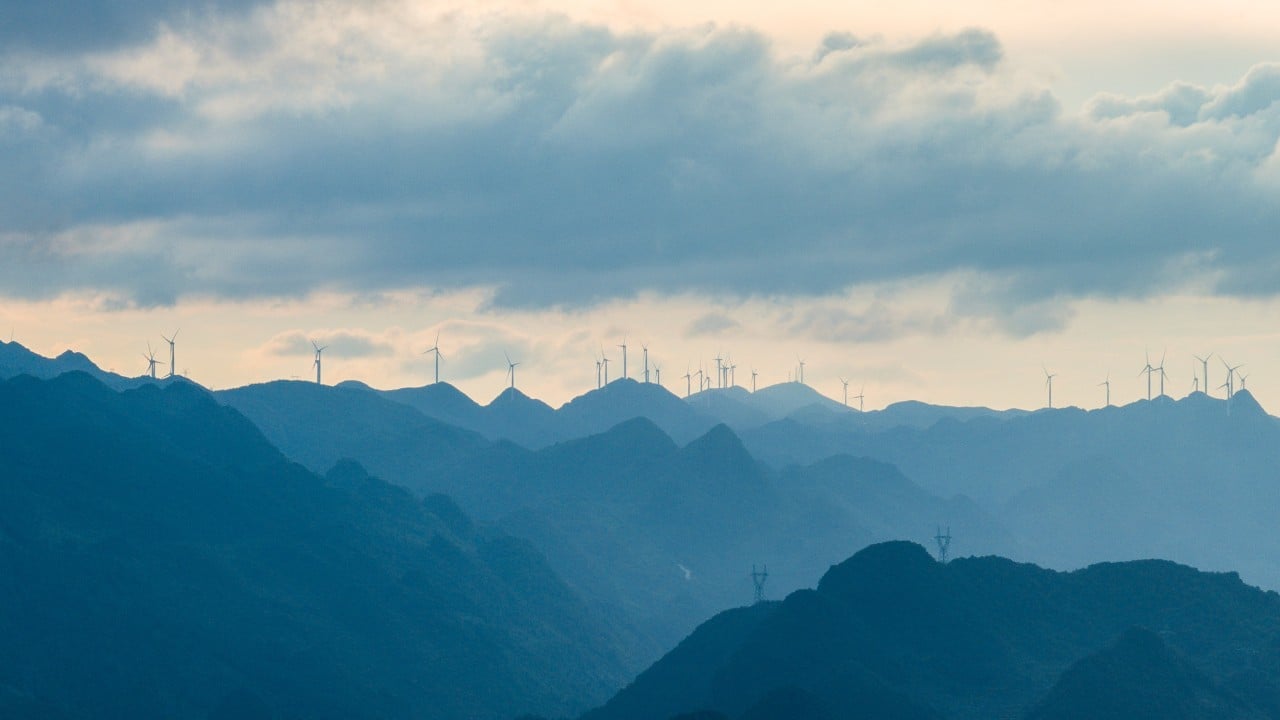China switched on 21 gigawatts of new coal power capacity in the first half of this year, the highest since 2016, according to a recent energy report. This came after electricity demand hit a historic high in July, driven by extreme heatwaves. Hydropower faltered, and coal plants were fired up to meet the load.
Advertisement
At first glance, this looks like a step backwards for climate policy. But China’s clean-energy engine is still accelerating, adding 212GW of solar power capacity in the first six months, more than double the same period last year.
So why the coal? The answer lies in grid stability. China is adding wind and solar energy so fast that the grid can’t always absorb the power.
In the first half, “curtailment” – clean power that’s generated but can’t be used – rose by 6.6 per cent for solar power and 5.7 per cent for wind power. At the same time, droughts reduced hydropower output, so during peak summer demand, the system leaned on coal to keep the lights on.
Coal, in this context, isn’t a climate reversal. It’s a shock absorber. Backup plants give grid operators time and confidence to approve and connect record amounts of renewables without risking blackouts when demand spikes or when new transmission lines aren’t ready.
Advertisement
Beijing is likely to see the role of coal as shifting towards supporting system stability as it pushes a multi-year upgrade focused on flexibility, storage and long-distance lines. This stability is what allows China to keep exporting solar panels, batteries and electric vehicles at scale.

